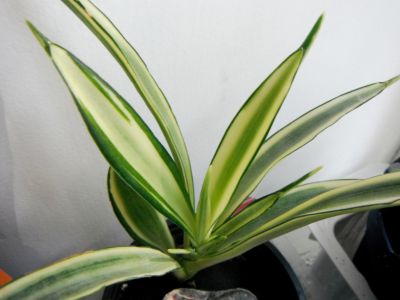What is a Kenya Hyacinth Snake Plant?
This handful of a name refers to Sansevieria parva, most commonly known as Kenya hyacinth snake plant. This is a succulent that is hardy in the U.S. in zones 10 and 11, but for everyone else, it makes a great houseplant. Native to East Africa, flowering Sansevieria plants have narrow, spike-shaped leaves that grow between eight and sixteen inches (20.5 to 41 cm.) long. Each plant grows a cluster of six to twelve leaves. The flowers of the Kenya hyacinth are small and white or pale pink. These plants don’t flower consistently, though. When they do, however, you’ll enjoy the lovely fragrance, but mostly expect to enjoy the foliage.
Growing Flowering Sansevieria
If you live in a hot, dry climate, you can use Kenya hyacinth outdoors for xeriscaping. It tolerates drought well and needs just dappled or partial sunlight. Indoors, this is a nice houseplant that will grow well in dry, well-drained soil. Find a spot out of direct sunlight. If the edges of the leaves turn yellow, the plant is likely getting too much sun. Make sure the soil drains very well. Let it dry out between watering, and then soak the soil completely. A general fertilizer every few weeks will help your plant thrive. The best way to propagate Sansevieria is by cuttings. Take cuttings in summer and allow four to six weeks for them to root. If your plant does flower, it will stop producing leaves. But new plantlets will sprout up from rhizomes or stolons, so look for them.
